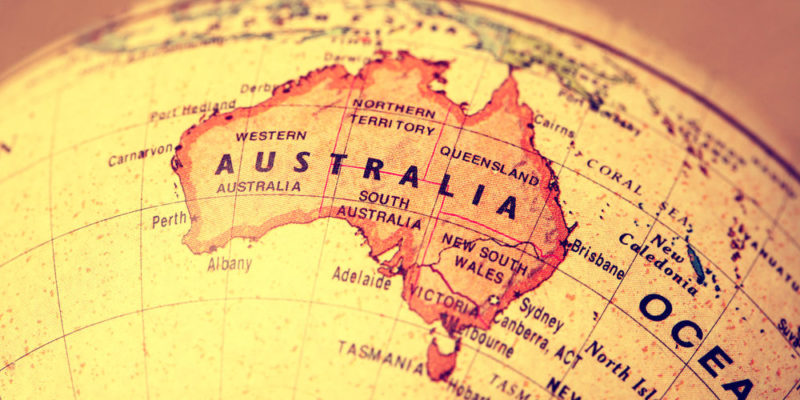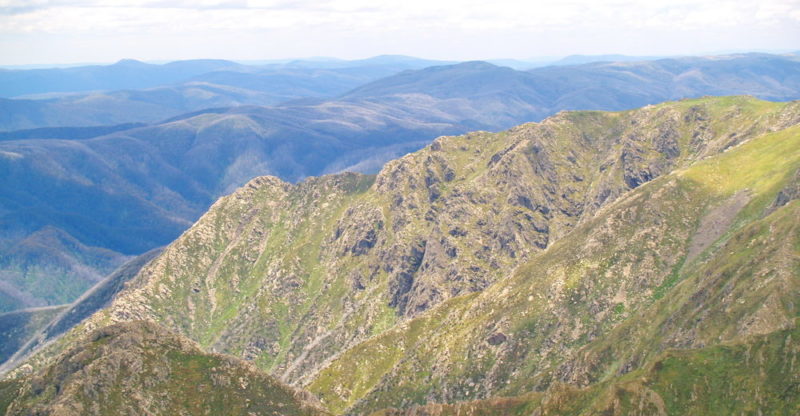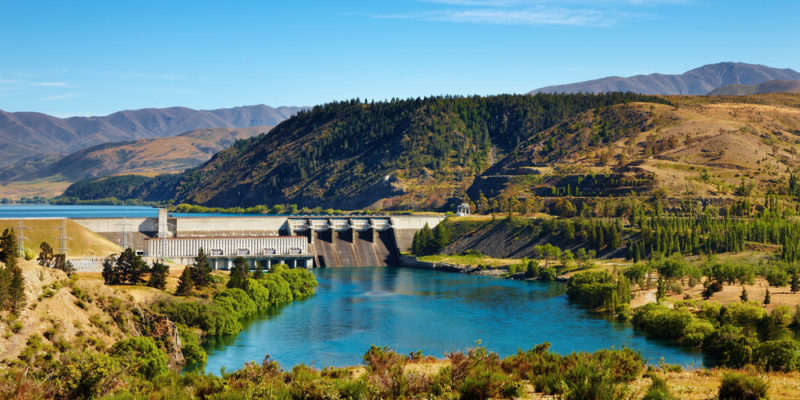We explain what Oceania is, what its relief is like and the population of this continent. In addition, its characteristics, religion, economy and more.
What is Oceania?
Oceania is the name that designates the insular continent made up of the continental shelf of Australia, New Zealand, the islands of New Guinea and the archipelagos of Melanesia, Micronesia and Polynesia. This continent, the smallest on the planet , is located south of the Pacific Ocean , west of the Indian Ocean and southeast of the Asian continent .
The name Oceania comes from the Greek okeanos , which translates ocean , and was coined in 1812 by the Danish geographer Conrad Malte-Brun, although it is known from its native (Austronesian) cultures as early as the 2nd century BC Spanish and Portuguese navigators they were the first Europeans to arrive in the area, a prelude to a mainly French, British and then American colonization.
Today the continent has a series of independent countries , some of them since the 19th century (the British colonies, above all) and others much later, in the mid-20th century.
The human group that inhabits the continent is extremely varied in its customs and cultures , exhibiting an interesting diversity despite its very low population density rate.
Oceania countries and dependencies

The continent of Oceania covers the territorial set of fourteen different countries , which are: Australia, New Zealand, the Federated States of Micronesia, Fiji, Kiribati, Nauru, the Marshall Islands, Palau, Papua New Guinea, Samoa, the Solomon Islands, Tonga , Tuvalu and Vanuatu.
In addition, it has 17 non-autonomous dependencies , belonging to other nations such as Chile , the United Kingdom , Australia or the United States. These are: Guam, Hawaii, Christmas Island, Easter Island, Norfolk Island, Cocos Islands, Cook Islands, Coral Sea Islands, Northern Mariana Islands, Pitcairn Islands, United States Minor Outlying Islands, French Polynesia, American Samoa, Wallis and Fortuna, Niue, New Caledonia, and Tokelau.
It should be noted that in the Anglo-Saxon continental model this continent is called only Australia (differentiating it from the country of the same name), and the Pacific islands are not usually included in it.
Oceania Extension
The smallest continent in the world is Oceania, with just 9,008,458 km 2 of surface , of which 27,760 km are coastlines and 785,753 km 2 belong to New Guinea, considered the second largest island on the planet .
Relief of Oceania

Although the territories of Oceania are mostly insular, the desert regions constitute the most abundant , to the point that 40% of its total surface is covered by sand dunes. Among these territories are the driest, flattest, oldest and least fertile of all the world's continents.
The highest mountain on the continent is located in New Guinea and is Mount Jaya at 4,884 meters above sea level . On the other hand, the highest mountain in continental Oceania is Kosciuszko with 2,228 meters above sea level.
Population of Oceania

Oceania is of all the least populated continent, with the exception of Antarctica . The number of its inhabitants is approximately 34,300,000 (according to the 2010 census), a figure that is increasing due to the substantial difference in the birth rate (21%) and death rate (9%). The total population density, however, barely fluctuates between 2.8 and 3.4 inhabitants per square kilometer.
The bulk of the population (92.1%) is concentrated in Australia, New Zealand and Papua New Guinea, with a strong presence of immigrants or descendants of European settlers . The rest is distributed among the island countries of Micronesia, Melanesia and Polynesia, where native ethnic groups abound.
languages of oceania
The languages of Oceania are diverse, but the most widely spoken are four: English, Tok Pisin, French and Fiji Hindi . There are also native languages, such as Samoan, Fijian and Enga (Papuan). In some islands of Chilean sovereignty, such as Easter Island, Spanish is spoken.
Religions of Oceania

The bulk of the population of Oceania practices Protestantism (42.7%) , followed by Catholicism (24.7%) and other Christian sects (14.8%). There is also a presence of the Orthodox Church, Buddhism , Islam and the Hindi religion, especially in Fiji. A minority percentage of the population practices traditional religions.
economy of oceania

Oceania contributes barely 1% of total world production , so it is not a continent with much weight in this matter. Australia and New Zealand have diversified economies , with a strong presence in the area of services and the primary sector (production), since between the two countries they account for 40% of the world's sheep.
Australia and New Guinea have important mining deposits that allow heavy industry and metals , while New Zealand takes advantage of its lakes for the generation of hydroelectric power, thus promoting its industrialization. These countries have considerable influence in Asian markets .
The Pacific islands, on the other hand, subsist mostly on tourism and fishing.
-
Politics
Not so the rest of the countries, which present marked political irregularity and frequent tensions between the dependent states and their most powerful guardians in Europe or Oceania itself.
Oceanian Sports
 Rugby, football and cricket are popular in most Oceanian countries , although there are also important local or native sports in the Pacific islands. Australia and New Zealand stand out in rugby, enjoying outstanding participation in world tournaments, in which other countries such as Argentina participate .
Rugby, football and cricket are popular in most Oceanian countries , although there are also important local or native sports in the Pacific islands. Australia and New Zealand stand out in rugby, enjoying outstanding participation in world tournaments, in which other countries such as Argentina participate .
Fauna and flora of Oceania
 There is significant biodiversity on the continent of Oceania, featuring tropical, subtropical, marine, tundra, and high mountain ecosystems . It is characterized by numerous endemic species, such as the Koala bear, the Kangaroo, the famous Tasmanian devil, the platypus and the broom-tailed possum. Many of them have become true symbols of the continent.
There is significant biodiversity on the continent of Oceania, featuring tropical, subtropical, marine, tundra, and high mountain ecosystems . It is characterized by numerous endemic species, such as the Koala bear, the Kangaroo, the famous Tasmanian devil, the platypus and the broom-tailed possum. Many of them have become true symbols of the continent.The above content published at Collaborative Research Group is for informational and educational purposes only and has been developed by referring reliable sources and recommendations from experts. We do not have any contact with official entities nor do we intend to replace the information that they emit.
Veronica is a culture reporter at Collaborative Research Group, where she writes about food, fitness, weird stuff on the internet, and, well, just about anything else. She has also covered technology news and has a penchant for smartphone stories. .
Leave a reply
Your email address will not be published. Required fields are marked *Recent post

Sport: What Is It, Types, Risks, Features, Characteristics and Examples

Dogs: Emergence, Features, Characteristics, Feeding and Breeds

Story: Definition, Elements, Structure, Features and Characteristics

